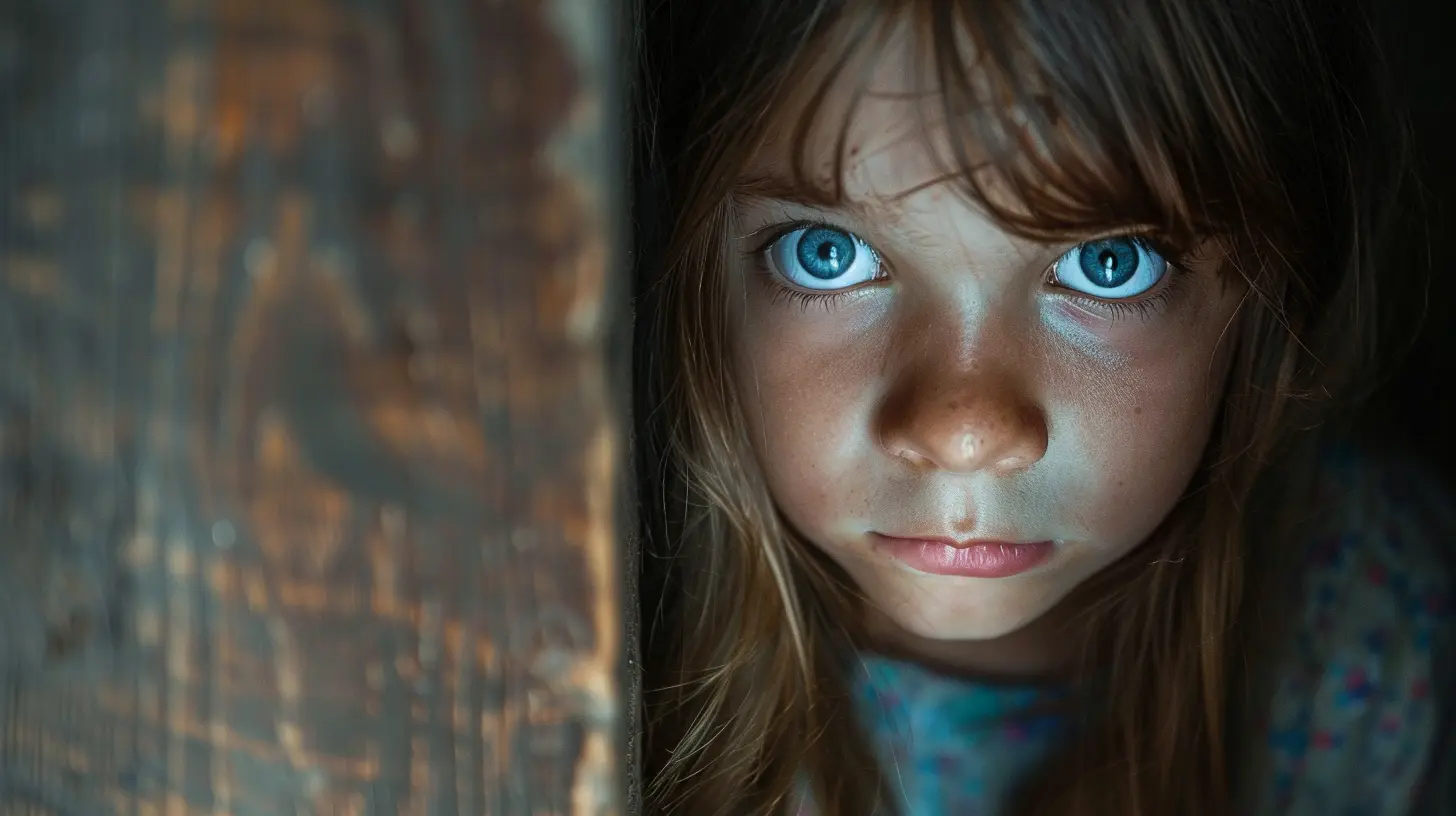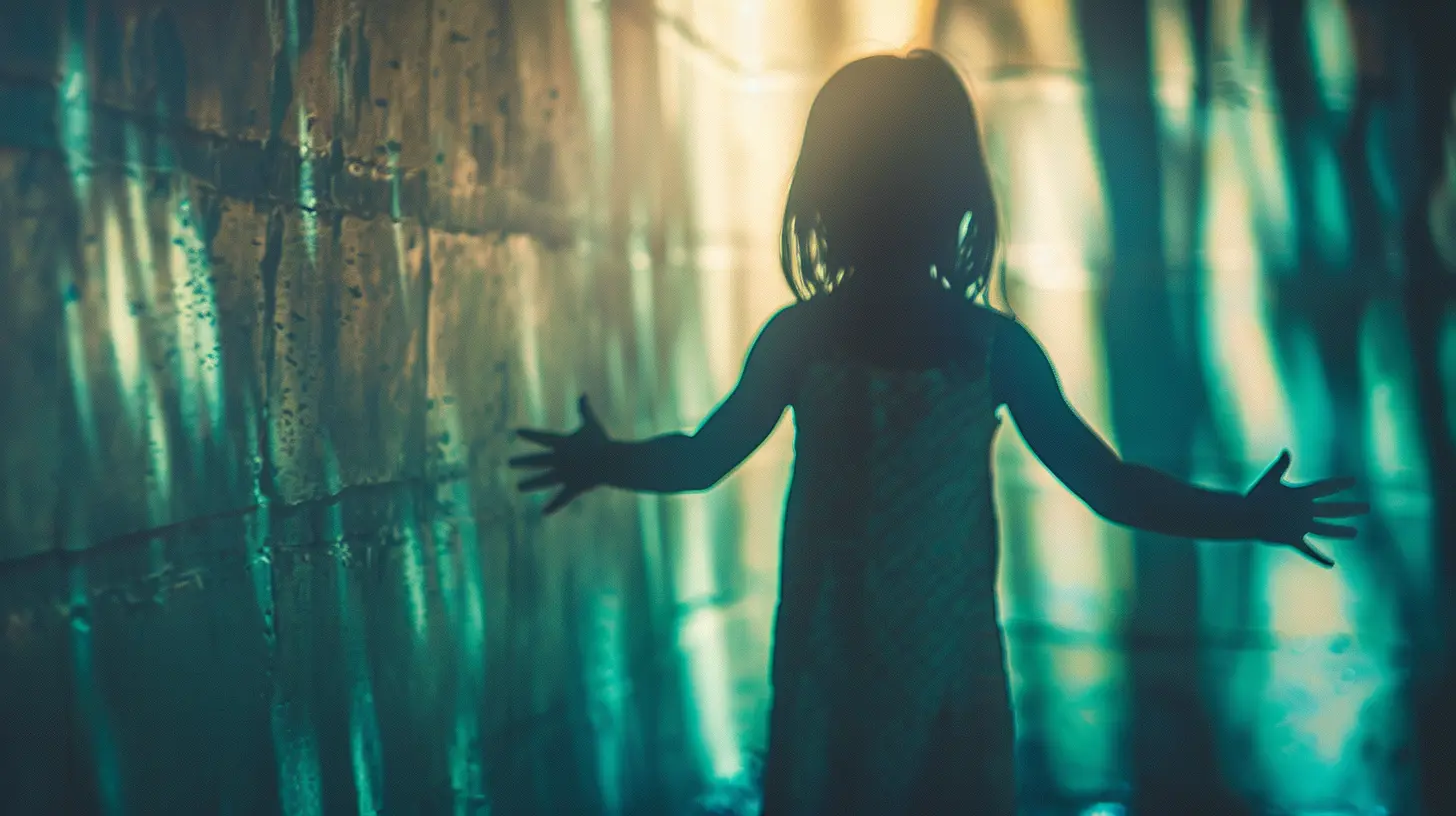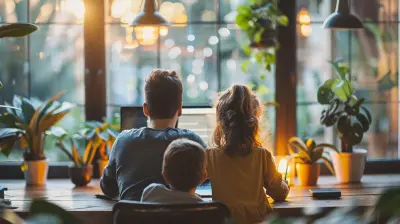Supporting Your Child Through Sudden and Unexpected Fears
23 May 2025
Parenting is full of surprises. One day, your child is happily playing outside, fearless and confident, and the next, they’re terrified of the neighbor’s dog, a shadow on the wall, or even their own closet. Where did this fear come from? And more importantly, how do you help them through it?
If you’ve ever found yourself reassuring your little one that there are absolutely no monsters under the bed—at 2 AM—you’re not alone. Sudden and unexpected fears are incredibly common in children, and they can be overwhelming for both kids and parents. But don’t worry! With patience, understanding, and a little creativity, you can help your child navigate these fear-filled moments.
In this guide, we’ll break down why kids develop sudden fears, how you can support them, and when (if ever) to be concerned. Let’s dive in! 
Why Do Kids Suddenly Get Afraid?
First, let’s get one thing straight: Fear is normal. In fact, fear is a good thing—it helps keep us safe. But when your child starts fearing something that they were previously fine with, it can feel puzzling.Here are a few common reasons for sudden fears:
1. Their Imagination is on Overdrive
Kids have wild imaginations. That shadow cast by a nightlight? In their mind, it’s a giant lurking in the corner. Their toy box? A secret portal where stuffed animals come to life when the lights go out. As their brains develop, their ability to think creatively also expands—sometimes to the point where they scare themselves.2. A Scary Experience Stuck with Them
Sometimes, a sudden fear is tied to a specific incident. A loud thunderstorm, a jump scare in a cartoon, or a barking dog can leave an impression that sticks, making them wary of similar situations in the future.3. They’re Picking Up on Your (or Others’) Anxiety
Kids are like tiny emotional sponges. If they sense that you’re nervous around something—spiders, heights, dogs—they might start mirroring that fear, even without a direct experience of their own.4. They’re Processing a Big Change
New fears sometimes pop up when a child is going through a big life change—starting school, moving to a new house, welcoming a new sibling. Fear becomes a way for them to express their uncertainty about the things they can't fully understand.
How to Help Your Child Through Their Fears
Now that we know why these fears appear, let's talk about what you can do to comfort and support your child.1. Validate Their Feelings (Even If It Seems Silly to You)
The worst thing you can do? Brush it off or say, "That’s nothing to be scared of!" To them, it IS something to be scared of. Instead, acknowledge their fear:➡ "I can see that the dark is really scary for you right now. It’s okay to feel that way."
This gives them the reassurance that their emotions are safe with you.
2. Talk It Out (But Don't Pressure Them)
Sometimes, kids aren’t even sure why they’re scared of something. Instead of bombarding them with "Why are you afraid of the bathtub NOW?" questions, give them space to express their feelings.Try something like this:
➡ "Can you tell me what worries you about the bathtub? Is it the water, the drain, or something else?"
This approach gently encourages discussion without making them feel like they have to justify their fear.
3. Offer Comfort Items
A child’s favorite stuffed animal, blanket, or even a nightlight can work wonders in making them feel safe. If your little one is suddenly terrified of bedtime, let them sleep with their favorite teddy or use a “monster spray” (a.k.a. a bottle of water with a fun label) to “keep the monsters away.”It sounds silly, but to them, it’s magic.
4. Use Play to Address Their Fear
Play is how kids process the world. If they’re afraid of the dark, create a game where you explore dark rooms with a flashlight. If they’re scared of dogs, let them roleplay being a puppy.By turning fear into fun, you help desensitize them in a low-pressure way.
5. Teach Calm-Down Strategies
When fear strikes, having some simple coping techniques can be a game-changer.✅ Deep breathing: Teach them to take "balloon breaths" (inhaling deeply like filling up a balloon, then slowly letting it out).
✅ A mantra or phrase: Something like, "I am safe. Mommy/Daddy is here."
✅ Counting: Have them count to 10 slowly to shift their focus from fear to something practical.
These little tricks can help them regain a sense of control during anxious moments.
6. Gradual Exposure Works Wonders
If your child is suddenly scared of elevators, dogs, or swimming pools, don’t force them into it. Instead, introduce them to the fear in small, controlled ways.For example, if they’re terrified of dogs, start by looking at pictures of friendly puppies. Then, watch dogs from a distance at a park. Eventually, allow them to meet a calm, well-trained dog.
The key? Patience and positive reinforcement. Celebrate small steps instead of expecting an overnight transformation.
7. Keep a Consistent Routine
When kids go through fear phases, structure and predictability can be a huge comfort. Maintaining regular routines around meals, bedtime, and playtime helps them feel more secure, reducing fear-based anxieties.8. Avoid Making Fear a Big Focal Point
Yes, talk about their fear when they need to—but don’t make it an all-day topic. The more attention we give to fear, the more power it holds. Support them, but also continue talking about fun, normal things so fear doesn’t dominate their world.
When to Worry and Seek Professional Help
Most childhood fears fade on their own with time and support. However, in rare cases, they might need a little extra help. Here are some signs it might be time to talk to a professional:🚨 Their fear is interfering with daily life (won’t leave the house, won’t sleep at all).
🚨 They’re experiencing extreme anxiety or panic attacks.
🚨 The fear lasts for months without any sign of improvement.
🚨 They avoid things to a degree that limits their life significantly.
If any of these apply, a child psychologist or counselor can provide coping tools specifically tailored to their needs. 
Final Thoughts
Sudden and unexpected fears can be challenging, but they’re also a natural part of growing up. The key is to provide love, patience, and reassurance rather than brushing their fears aside.Remember—your child wants to feel safe. With your support, they’ll learn how to manage fears and develop the confidence to face the world. And hey, one day, they might even laugh about how scared they were of balloons (yes, it happens).
Until then, keep the nightlight on if needed, embrace the monster spray, and remember: You’ve got this!
all images in this post were generated using AI tools
Category:
Dealing With FearsAuthor:

Steven McLain
Discussion
rate this article
3 comments
Jasmine McWilliams
Thank you for this insightful article! It's comforting to know we’re not alone in navigating our children's unexpected fears. Your tips on patience and open communication truly resonate with me. I’ll definitely try to implement them as we support my child through this challenging time.
May 28, 2025 at 4:00 PM

Steven McLain
Thank you for your kind words! I'm glad you found the tips helpful. Wishing you and your child strength and comfort during this time.
Hailey McIlroy
What a valuable perspective! It’s fascinating how children’s fears can emerge unexpectedly. I can't wait to try these strategies and see how my child responds!
May 26, 2025 at 4:34 PM

Steven McLain
Thank you! I'm glad you found the strategies helpful. Wishing you and your child the best as you navigate these challenges together!
Scout McAleer
Empower your child by validating their feelings and guiding them through fears. Open communication and reassurance are key to building resilience.
May 23, 2025 at 4:07 PM

Steven McLain
Thank you for highlighting the importance of validation and open communication; these are indeed essential in helping children navigate their fears and build resilience.



